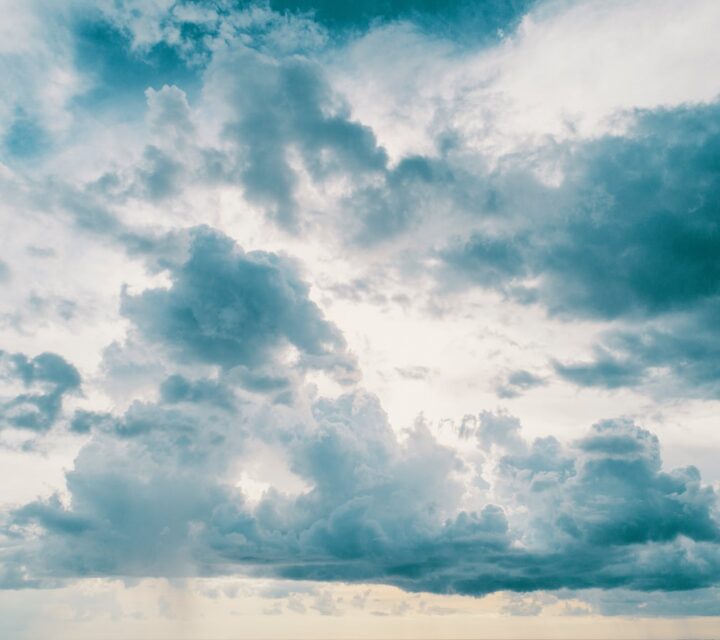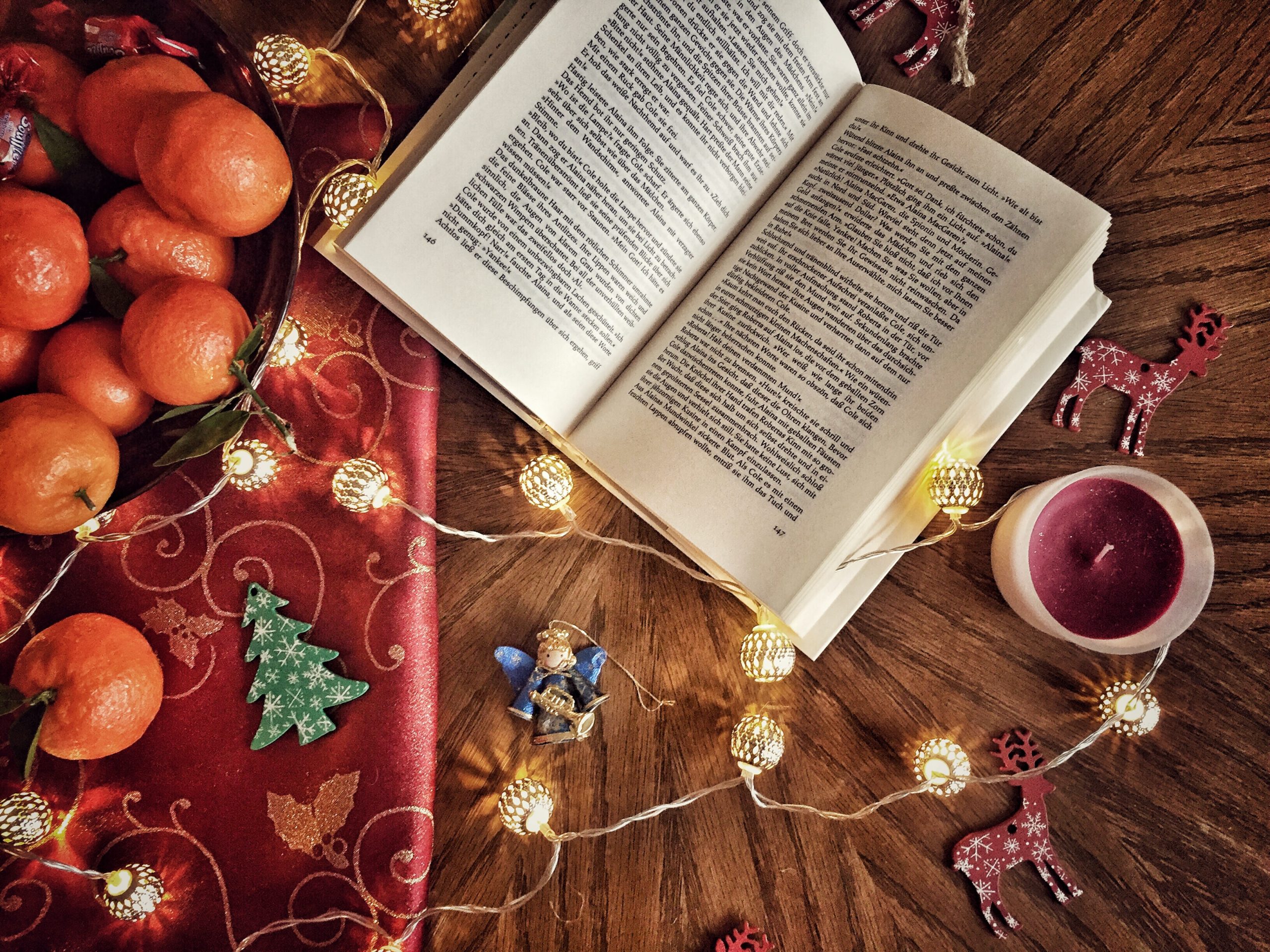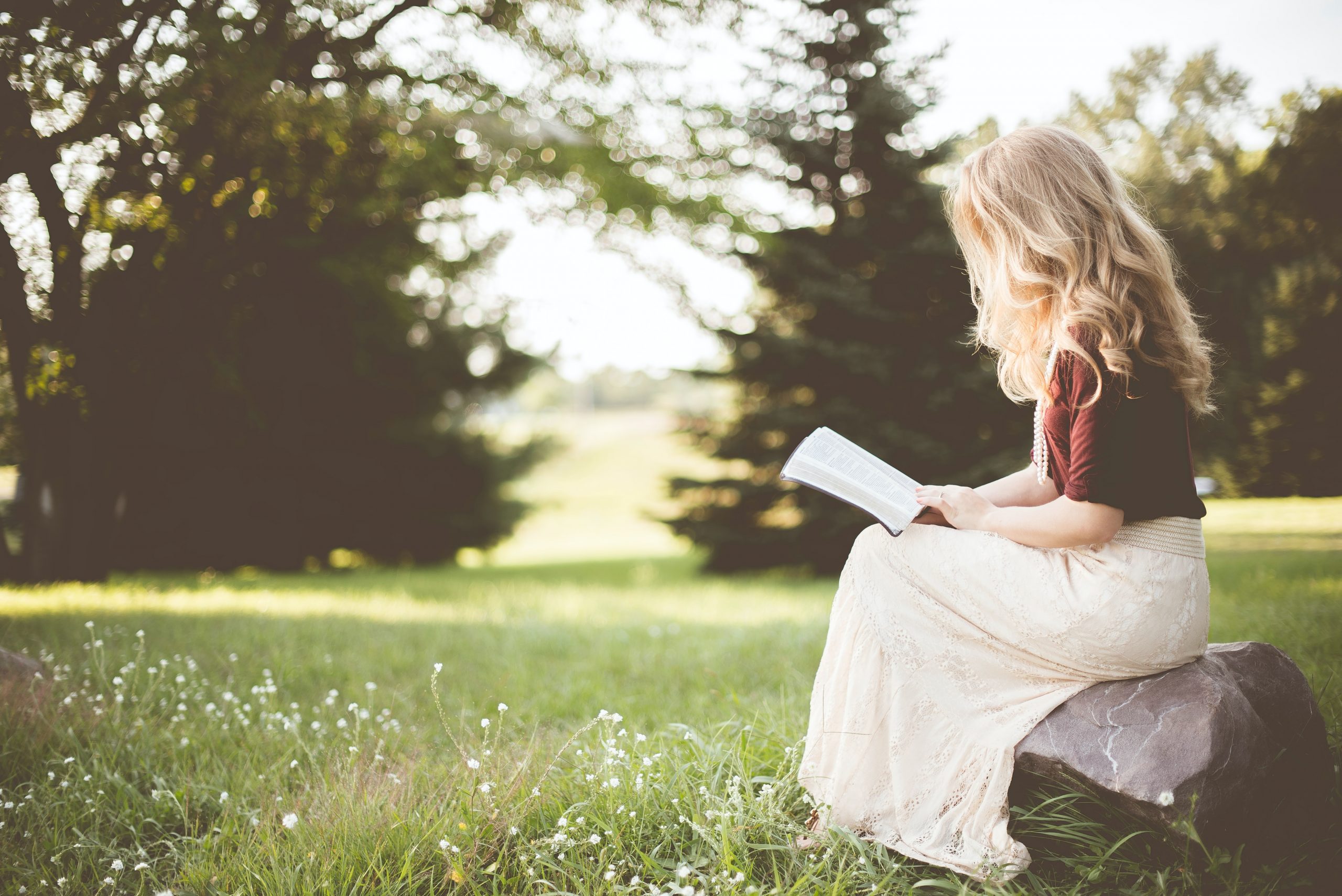In this version of twenty questions, I send a list of questions to a willing victim author and they choose their own interview by choosing which questions, and how many questions, they want to answer! I read Jennie Nash’s novel The Threadbare Heart back in 2010, and I loved it a lot. It was one I passed on to my mom, and it doesn’t seem like I read it that far back. It’s still fresh in my mind. Nash’s latest novel, [[[Perfect Red]]], is set in the 1950’s and tells the story of a young writer who become obsessed with telling a particular story. Here is what Jennie had to say about reading, writing, obsession and the comfort of office supplies (I love them too!).
Would you give us a bit of introduction and let my readers know who you are, how you got started writing, and what kind of books you like to write?
My name is Jennie Nash. I am the author of three memoirs and four novels. My most recent book is the historical novel,[[[Perfect Red]]], a story about a young writer in McCarthy-era New York who goes after the story of the perfect red lipstick. In addition to writing, I am an instructor in the UCLA Extension Writers’ Program, and am a one-on-one writing coach for fiction and non-fiction authors alike
I got started as a writer when I was in fourth grade. We published a book of poetry at our elementary school. It had mimeographed pages and a cardboard cover, and students could submit as much poetry as they wanted for the book. I thought this was an amazing opportunity, and submitted pages and pages of poems. I can still remember the thrill of seeing my name in that purple ink, reproduced dozens of times, above the words I had written.
I am often struck by the different ways writers respond to the process of writing a book. Can you share with us any routines, food or recipes, or favorite books or rituals that help you thorough the writing process?
I don’t think I could write without tea. Sometimes it’s not even drinking the tea that matters – it’s getting up from my chair to boil the water, choosing the type of tea to make, getting down a favorite mug, and setting it on my desk. It’s the idea, in other words, of stopping and paying attention to something specific – which is what writing and also reading are all about.
I’m also comforted by office supplies. I keep stacks of small yellow pads on my desk, and piles of Post-It notes, and an eraser that says “erase,” which reminds me that sometimes it’s the words you take away that matter more than the ones you leave in.
People live in stories, we are surrounded by them. What was it about this the story that made it the one you had to tell at this time? What impact did telling this story have on your life? Did you find that it had changed you?
I didn’t realize when I started Perfect Red, nor when I was in the middle of it, that it was a book that mirrored something I was going through in my writing life. My main character, Lucy, is haunted by a story and must fight on many different fronts to get it published. She is fighting social and political elements that are not present in my life, but the heart of the matter – the struggle to write the story you want to write – is one I faced with this book more than the others. After six books with major publishers, I ended up self publishing Perfect Red. It’s exactly what Lucy did, and a move I think she would applaud.
What are you reading now? What are some of your favorite books and authors? Has writing your own book changed the way that you read?
I just finished reading Cheryl Strayed’s Tiny Beautiful Things. I thought it was extraordinarily powerful. It’s funny because I have not yet been interested in reading her very popular memoir,Wild, but this other book really drew me in. Books sometimes call so loudly! I’m in the middle of The Ideal Bookshelf, which is a book so beautifully conceived and executed it serves as the perfect argument for the preservation of printed books.
Are you able to read when you’re writing and if so what books inspire you when you’re working your own book(s)?
When I’m writing, I mostly read books about the subject I’m writing about. Perfect Red is set in 1952 New York. I read several fascinating books about young career women working in publishing, some biographies of the big names in cosmetics, and books about the McCarthy trials, including Lillian Hellman’s Scoundrel Time. It’s a fascinating period in American history, and I enjoyed my research immensely.
What was the most interesting thing that you found out while researching this book that you ultimately decided not to include?
I read through the bestseller book lists for 1951, 1952 and 1952, as well as the lists of top music from those years, and even most popular food items. I found all of that information so interesting, but if it didn’t directly pertain to the narrative, I had to leave it out.
What types of books would some of your characters have if they were readers? Given their issues what book(s) would you suggest for them to read?
The main character in Perfect Red actually is a reader. She’s a young woman working for a rising star of an editor, and she longs to be a writer. During the course of the novel, she reads some of the big books of the day, including The Invisible Man, Charlotte’s Web and The Old Man and the Sea. She had to have a favorite book, and I decided to make it Gone With the Wind, because my daughter was obsessed with it while I was writing Perfect Red.
In the past I have visited a blog called Daily Routines and it’s all about the schedules of writers and creative people. What does a typical day look like for you and how do you manage a busy schedule?
I don’t have a typical day or regular writing routine. Some days I teach, some days I’m editing the work of other writers, some days I do nothing but work on my own projects. I find that being flexible is critical, and that the most important thing for a writer to do is to make room in her mind for the story to take root and grow. That room can be made in the shower, while driving carpool, while cooking dinner. Writing doesn’t always happen at the computer.
If you could have everyone read five books, which ones would they be?
Tim O’Brian’s The Things They Carried, because it says so much about war, about memory, about pain, about story, and about being human. Twyla Tharp’s The Creative Habit because it helps people who are creative be more so, and helps those who aren’t understand better those who are. Sum by David Eagleman because I believe that it proves that the human understanding of god is dependent entirely on human understanding – and I suspect that our understanding is fairly limited. And Olive Kittridge and The Art of Fielding because they are a testament to the beauty and power of fiction.
Do you ever look back at your early work? How do you feel your writing style or approach to writing has evolved since you first began?
I recently read some stories I wrote when I was in high school, which was a long time ago. I cringed at the content, but the thing that really struck me was how my voice was exactly the same as it is now. It was so clearly me – and that me-ness is still wholly there. It hasn’t changed in the slightest.
What were your experiences with reading when you were growing up? Was there a pivotal moment in discovering literature when you knew that you wanted to be a writer?
I read a book called [[[Caddie Woodlawn]]], which was similar to the Laura Ingalls Wilder books, except that Caddie has red hair and a bunch of brothers. I remember believing wholly that Caddie was real and wanting to be her, and somehow wrapped up in all of that belief and longing was the germ of the idea that someone was responsible for her. Someone had made her up. And I must have known that while I would never actually be Caddie, I could be that kind of someone.
How many works in progress do you have going at any one time? How do you know when one has potential and when one just needs to be scrapped?
You can feel it when a book has what I call “heat.” It seizes you. It won’t let you go. You know you have to pay attention to it, and other ideas need to be pushed aside to make room for it. It’s a great feeling.
As a published author, what’s been the biggest surprise about life after the publication of your first book?
I self published Perfect Red and the biggest surprise has been finding out that readers don’t care how a book is published, or by whom. All they care about is the story.
What’s next?
I have lots of irons in the fire – a non-fiction book called The Writers’ Guide to Agony and Defeat, a novel that has something to do with Margaret Mitchell, and a book about migraine.



